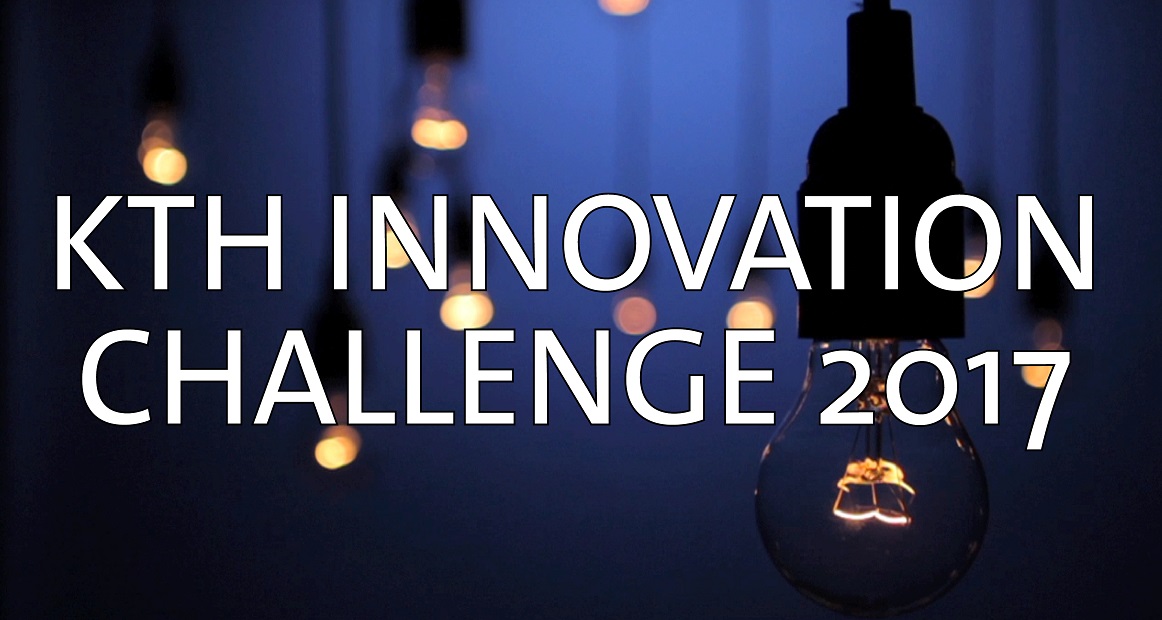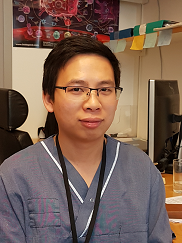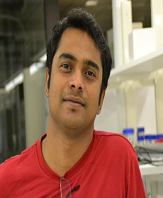One step closer to Heal, Fuel and Clean the World!
The winners of the KTH Innovation Challenge BIOTECH now crowned
This year's first KTH Innovation Challenge was focusing on Biotechnology areas related to human health such as disease prevention, diagnosis and treatments, environmentally friendly and efficient production of fuels, chemicals and food. We are happy to announce that we have two winners!

KTH Innovation had a chat with the winning teams that now will receive 50.000 SEK to develop their projects further. They will also get coaching and take part of the innovation support process provided by KTH Innovation.
Congratulations Wang Zhang! Tell us more about your idea?
Me and my team member Harisha Ramachandraiah are working on developing new biomarkers panel and corresponding companion detection kits for a personalized HIV-1 diagnosis tool. This will be used to help clinicians to get information about HIV patient early classification, disease progression prediction and will result in a precision therapy plan, which could increase the benefits for both of the patients and society.
Why did you apply to the KTH Innovation Challenge and what will you use the grant for?
We were in contact with Gustav Notander, business coach at KTH Innovation who advised us to apply. We got information about KTH Innovation and believe it is a very helpful support department for those who are interested in entrepreneurship. This semester’s topic of the KTH Innovation Challenge was a perfect match to our project. Our plan is to use the grant money for further developing and testing our miRNA panel.
Congratulations Krzysztof Langer! What have you developed?
To describe me and my partner Håkan Jönssons idea we will need to start by explaining 3D Bio-printing3D bio-printing aims for the production of biological tissues that scales from micro tissues to entire organs.
This new technology addresses a number of needs and opportunities e.g. enabling creation of human tissue for pharmaceutical trials to limit animal testing or generate. an extended pool of organs for transplantation, including organs that are personalized to match the recipient avoiding rejection as TA key component to 3D bio-printing is the Bio-Ink - a suspension of cells in a surrounding matrix that is deposited into the final living structure of 3D printed tissue, much like inks are printed in a traditional paper printer. Similarly to how ordinary printers use different colors 3D bio-printing requires a large number of Bio-Inks containing all of the different cell types in the tissue or organ that is being replicated. A
Interesting! So back to the main question – what is your idea and solution?
Our idea is to build an automated production line for Bio-Inks living components. These minimal components of the Bio-Ink are cell spheroids which is called BioVoxels, where voxels are the 3D equivalent to 2D pixels. To generate complex tissues or organs many different types of BioVoxels containing different cells and cell types must be rapidly and controllably produced at scale. We seek to offer an automated picoliter droplet microfluidic platform
By using droplet microfluidics, we are able to provide exquisite control of liquids at the scale of single cells as the BioVoxels are assembled in tailored environment of picoliter droplets. Using droplets reduces the time needed for the cells to assemble into BioVoxel spheroids to a few hours and the droplet environment enables tailored spheroid formation e.g. size by changing various parameters.. Our automated droplet microfluidic platform also allows processing of individual BioVoxels by for example injecting a drug which enables individual BioVoxels by themselves or in small assemblies to be used as micro tissues for automated toxicity or drug action testing.
Finally, the automation and parallelization afforded by the microfluidic devices enables production of many different types of Bio-Ink BioVoxels at the scales of milliliters to liters, the scales needed for printing of more complex tissues.
What will you use the grant for?
Our aim is to create an easy to use, fully automated interface for biotechnology, nanotechnology and droplet microfluidics and we will use the grant for building a professional and fully automated demonstration device (pre-prototype of an automated laboratory for droplet microfluidics). This specific setup will be equipped with all the needed basic microfluidic chips and protocols that our platform supports. The device will then be used as a demonstration setup, installed when needed in our partners’ laboratory facilities. This will help us in getting valuable feedback about our platform from end users as well as aid in creating a data base of use cases, as well as create a community of future customers around our product.


